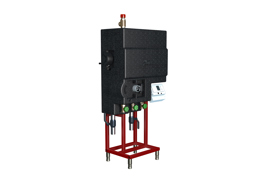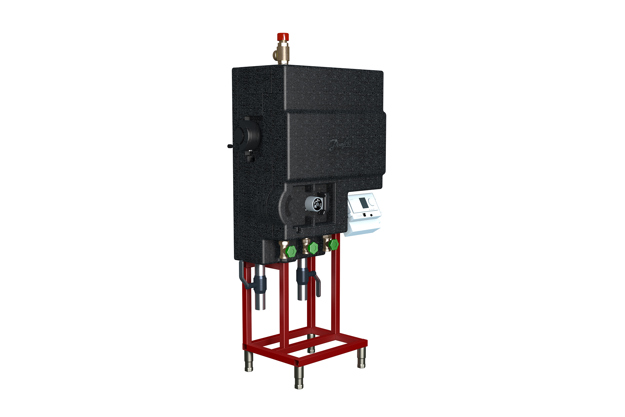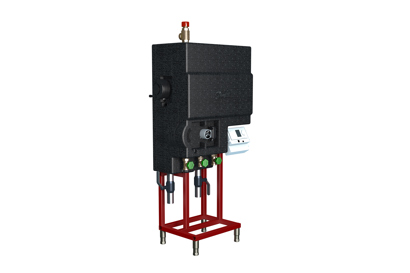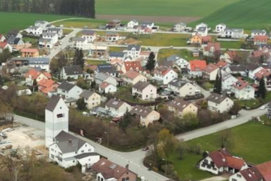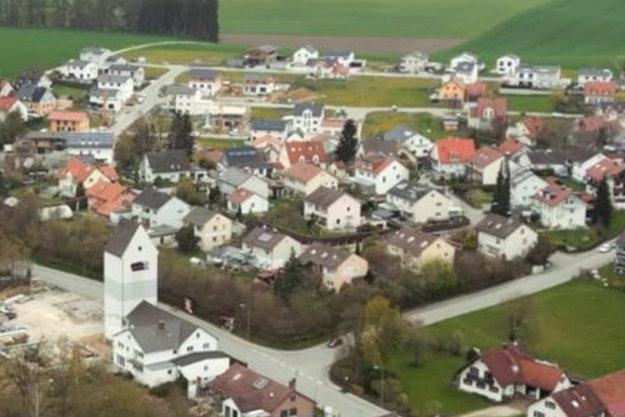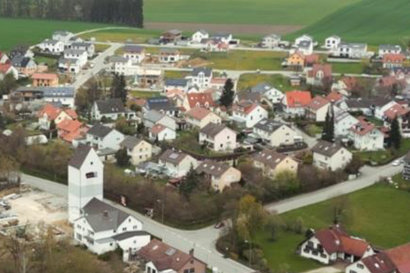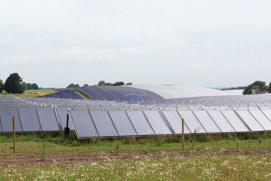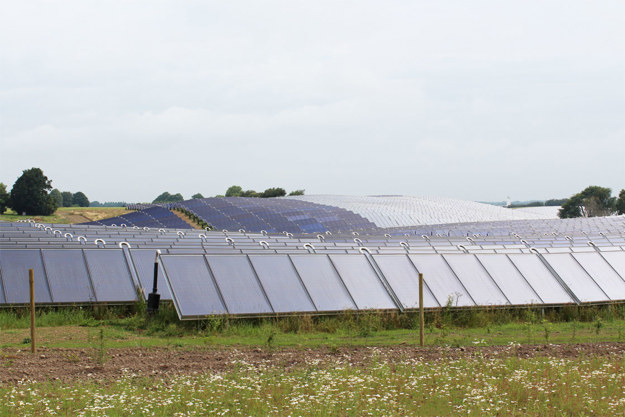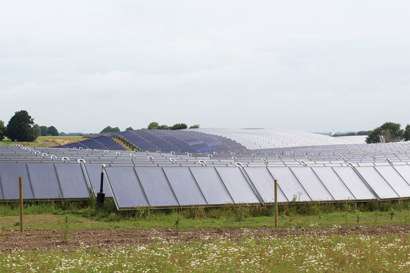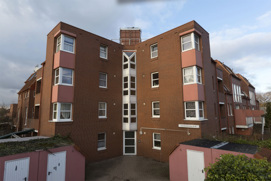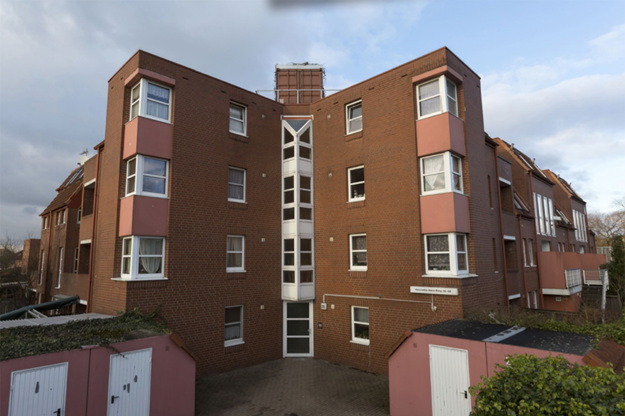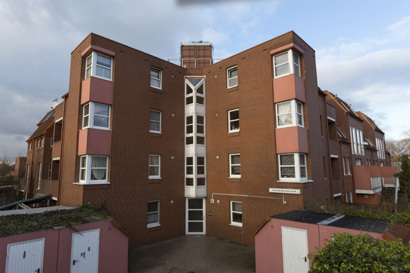Instantaneous water heaters provide hot water instantaneously and only as it is needed. When you turn on a hot water tap in your home, cold water travels through a pipe into a heat exchanger in the unit.
The cold water is heated in the heat exchanger via district heating water or another waterborne heat source. As a result, the water heaters deliver a constant supply of instant hot water.
The biggest advantage of a water heater with heat exchanger is: It never goes empty! Danfoss instantaneous water heaters can supply from one up to four households with domestic hot water and are very suitable for one-family houses.
Installation and maintenance
Proper installation and maintenance of your water heater can optimize its energy efficiency. Proper installation depends on many factors. Therefore, it is best to have a qualified plumbing and heating contractor install your water heater for you.
It is necessary to check and maintain the water heater on a regular basis in order to keep it in good operating condition. The frequency of the maintenance and service inspections should be according to system manufacturer specifications and local legislation. Most instantaneous and tankless hot water heaters have a life expectancy of more than 20 years. They also have easily replaceable parts that extend their life by many more years.
Periodic water heater maintenance can significantly extend your water heater's life and minimize loss of efficiency. Read the instructions that come with the water heater for our specific maintenance recommendations.
Features and benefits
Easy to install, requires little space and is simple to operate.
Low operational temperatures.
Provides very clean water since there is no stagnant water in heat exchangers where slime and bacteria can grow.
Product range
-
if (isSmallPicture) {


 ThermoDual® TD-FLS
ThermoDual® TD-FLSFind more technical information about ThermoDual® TD-FLS combi instantaneous domestic hot water heater.
Documents
| Type | Name | Language | Valid for | Updated | Download | File type |
|---|---|---|---|---|---|---|
| Brochure | Specifying the right district heating substation makes commercial sense | Slovenian | Slovenia | 21 Jul, 2015 | 5.2 MB | |
| Brochure | Specifying the right district heating substation makes commercial sense | Croatian | Croatia | 06 Aug, 2015 | 2.5 MB | |
| Brochure | Specifying the right district heating substation makes commercial sense | Slovak | Slovakia | 21 Jul, 2015 | 2.4 MB | |
| Brochure | Specifying the right district heating substation makes commercial sense | Ukrainian | Ukraine | 18 Sep, 2015 | 2.2 MB | |
| Brochure | Specifying the right district heating substation makes commercial sense | Bulgarian | Bulgaria | 31 Jul, 2015 | 11.3 MB | |
| Brochure | Specifying the right district heating substation makes commercial sense | Romanian, Moldavian, Moldovan | Romania | 29 Aug, 2015 | 2.3 MB | |
| Brochure | Specifying the right district heating substation makes commercial sense | English | Multiple | 05 Mar, 2015 | 2.4 MB | |
| Brochure | Specifying the right district heating substation makes commercial sense | German | Multiple | 16 Mar, 2020 | 3.1 MB |
Case studies
-
if (isSmallPicture) {


 Successful transition from oil boilers to a local heating network in Eurasburg
Successful transition from oil boilers to a local heating network in EurasburgIn the Wittelsbacher Land near Augsburg the local network in Eurasburg supplies heat to 80 buildings using a wood chip heating system. Danfoss’ substations ensure efficient heating in all building types, and its modern SCADA solution enables remote system monitoring and management.
-
if (isSmallPicture) {


 Solar heating plant reduces CO2 emissions by 15,700 tonnes annually
Solar heating plant reduces CO2 emissions by 15,700 tonnes annuallyThe world’s largest solar heating plant in Silkeborg, Denmark harnesses energy to heat the homes and workplaces of 40,000 citizens. It supplies 18-20% of the annual heat consumption in the city of Silkeborg, Denmark, which has an ambitious target of CO2 neutrality in heat production by the year 2030.
-
if (isSmallPicture) {


 Flat stations in apartment building in Hamburg, Germany
Flat stations in apartment building in Hamburg, GermanyVisitors to Hamburg’s Henriette-Herz-Ring who let their gaze drift upward will discover two shipping containers on the roof of the apartment building. They are the visible result of an innovative planning initiative to replace inefficient gas boilers with Danfoss flat stations. The highlight of this renovation: residents did not have to vacate their apartments.

